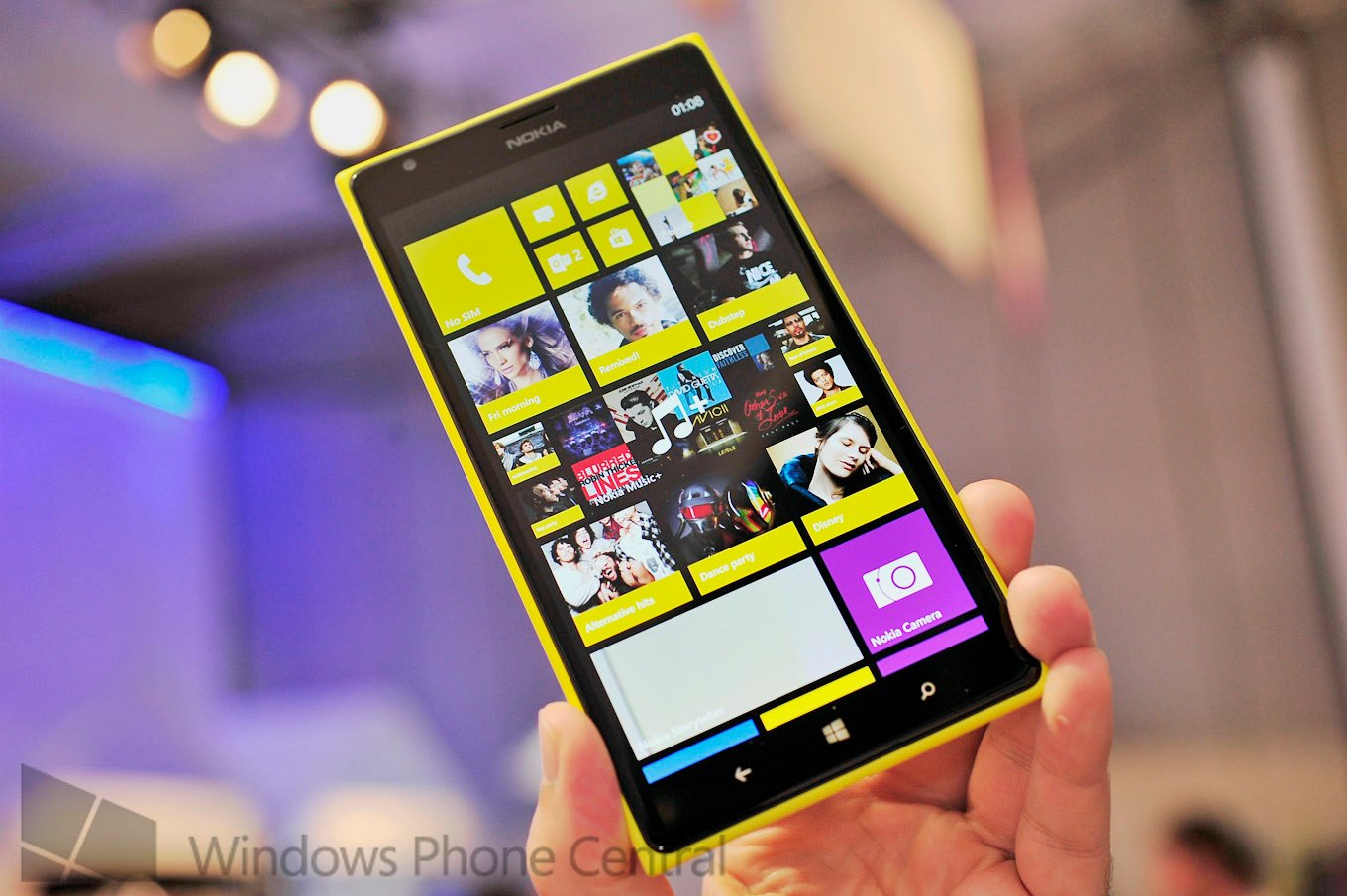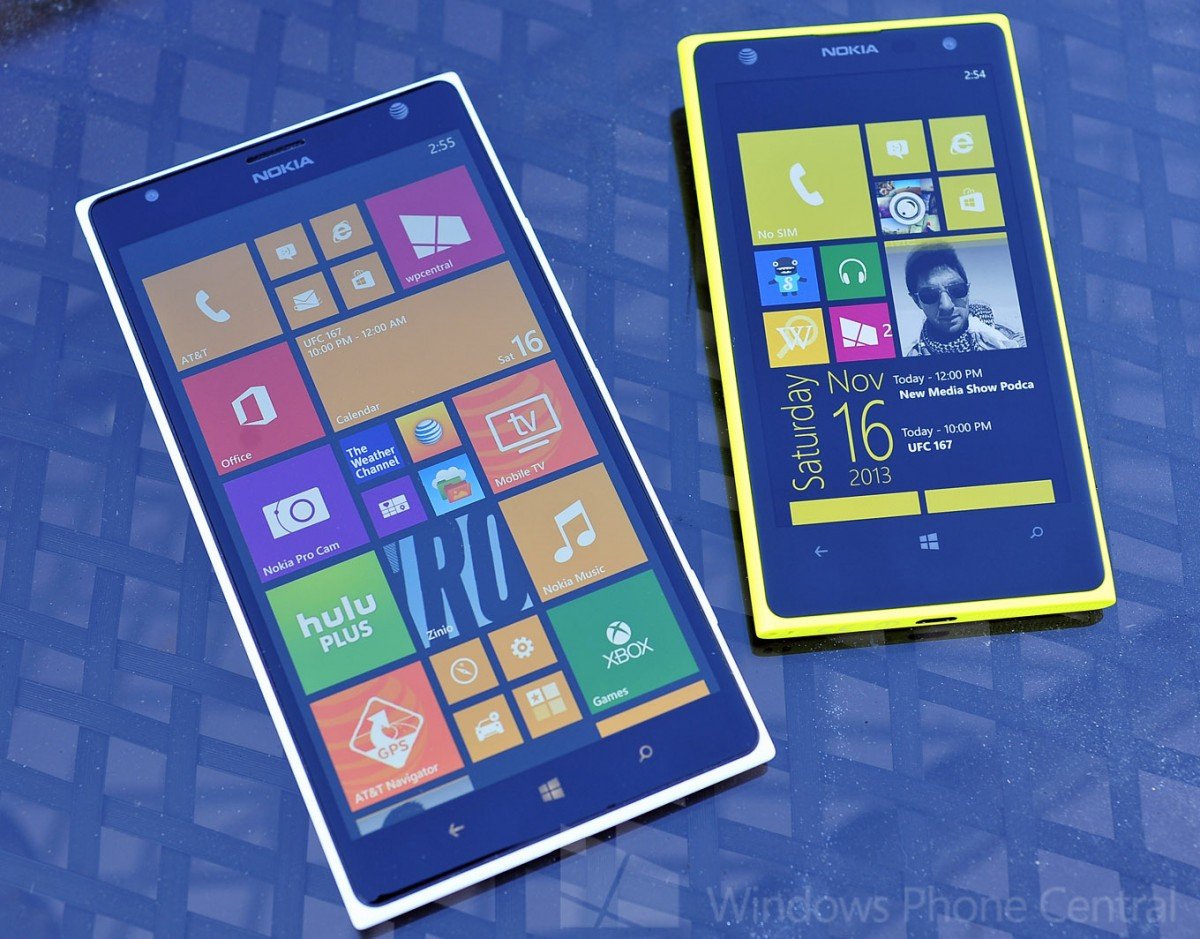It is time to redefine the smartphone; phablets are the future of mobile

My Nokia Lumia 1520 is the perfect size device and everything else is just too small. Picking up a Lumia 1020 feels ridiculous and borrowing a friend’s Apple iPhone 5S to make a call feels like a joke. As the smartphone market evolves, I am no longer the only person to find a love for the “extra-large” phone. In a world where a 3.5” display was once gorgeous, 4.5” is the new standard and 5.5” is the future.
The Phablet
While you may think that your friend is just happy to see you – he is probably carrying a phablet. A combination of the word “phone” and “tablet, phablets are typically devices with 5-inch or larger displays. In the Windows Phone world, the Nokia Lumia 1520 rules as king with a 6-inch screen, but Samsung’s Galaxy Mega comes in as the largest mass produced device overall with a 6.3-inch screen.
Phablets are not just a passing fad though; in September of 2013, the International Data Corporation stated that phablets “overtook shipments of both laptops and tablets in Asian in the second quarter of 2013”. Clothing companies are also noticing the changes; in April of 2013, the vice president of Dockers clothing stated that they had noticed the trend in larger phones and have begun to resize the size of their pants pockets “to accommodate the growing size of smartphones”.

Not everyone has adopted phablets though, and you might be one of them. You might stare at a friend’s Nokia Lumia 1520 or Samsung Galaxy Note 3 and wonder when the technology market began to lose their minds. However, here is the deal, the way we use our smartphones are changing and the market is simply adapting to what people want.
The Thought Process
Think about how you use your phone. While you probably do use your smartphone to make calls, it does not take a social science major to realize that a majority of consumers use the devices more often to browse the web, update their social network statuses (Facebook, Twitter, etc.), take pictures, send text messages, and play games.
In a world where smartphones have become more than a way to place a phone call manufactures need to adapt to how consumers are using their devices. Tablets are great, but we cannot always take them everywhere we go. A phablet though, that is a device that can fit in our pocket and act as a “mini” portable tablet. The biggest problem is that some consumers are stuck in the world of Apple’s first iPhone. While many smartphones preceded the original iPhone, Apple made full size capacitive touch screens the new standard back in June of 2007.

However, the way we are using smartphones is changing – should we not adapt? The dream of having a tablet that we could fold up and put in our pockets is nothing new. In 2012, Sony released a foldable Android tablet known as the “Sony Tablet P”. The device was a failure in terms of sales and was plagued by a collection of problems including an awkward border between the two screens and lack of software support, but it did give us a taste of the future to come.
All the latest news, reviews, and guides for Windows and Xbox diehards.
The Takeaway
So here is what we want you to do, if you are someone that just does not understand the idea of phablets we want you to look at the devices differently. Think of the most common tasks you perform on your smartphone and think about what screen size would make those activities most comfortable. Typing emails, playing games, and editing photos are all great activities for tablet or phablet sized devices.
Get past the notion of “phones” and start thinking of “tablets” instead and what you may think is a ridiculously sized device might be the perfect day-to-day companion.
If we have piqued your interest in the world of phablets, you can checkout our full review on the Nokia Lumia 1520 by clicking here!

Michael is a Former Contributor for Windows Central, covering Microsoft hardware and software, including Xbox.
